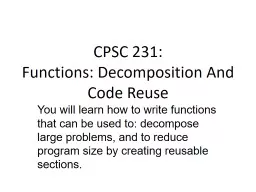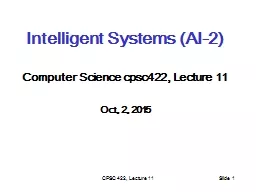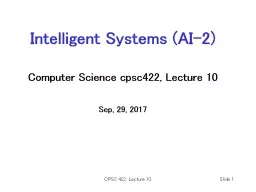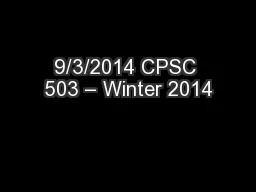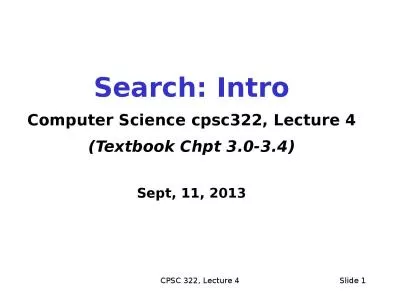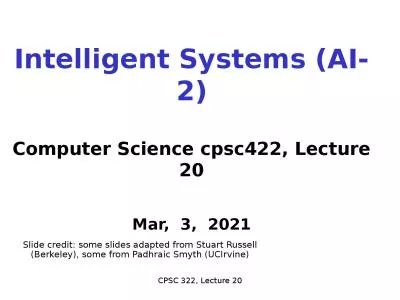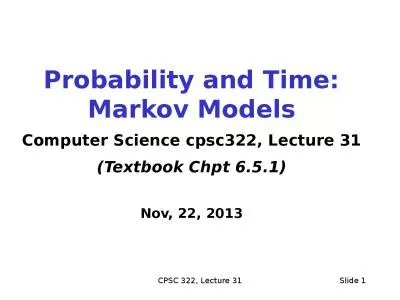PPT-CPSC 231: Functions: Decomposition And Code Reuse
Author : briana-ranney | Published Date : 2018-02-02
You will learn how to write functions that can be used to decompose large problems and to reduce program size by creating reusable sections Example Programs Location
Presentation Embed Code
Download Presentation
Download Presentation The PPT/PDF document "CPSC 231: Functions: Decomposition And ..." is the property of its rightful owner. Permission is granted to download and print the materials on this website for personal, non-commercial use only, and to display it on your personal computer provided you do not modify the materials and that you retain all copyright notices contained in the materials. By downloading content from our website, you accept the terms of this agreement.
CPSC 231: Functions: Decomposition And Code Reuse: Transcript
Download Rules Of Document
"CPSC 231: Functions: Decomposition And Code Reuse"The content belongs to its owner. You may download and print it for personal use, without modification, and keep all copyright notices. By downloading, you agree to these terms.
Related Documents

